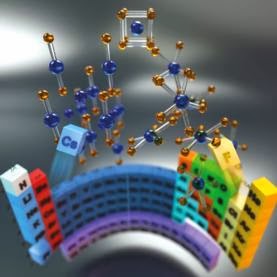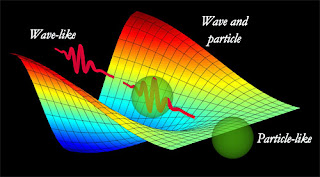Pick up a copy of Where the Monsters are here. I will let the review speak for itself:
By Keith Milstead
Gerald Dean Rice’s novelette WHERE THE MONSTERS ARE so befuddled me the first time I read it that I believed I should read it again. Not to say it was anything but genius, it was. I just kept feeling the need to reread Mr. Rice’s journey into madness. Upon my first reading, I looked at Mr. Rice’s story at face value, a man’s journey through the rabbit hole where he meets people who think they know him from the past and then begin showing up again and again, affecting his life by going as far and destroying a co-workers career and killing another. His journey is diluted by the fear he will kill his wife and destroying his life.Now, if I had chosen to stop there, it would have been like eating the cherry off a cake but not eating the cake. I am not even sure Mr. Rice had this deeper meaning that I perceived because as a nightmare story, this tale would have been sufficient and well worth the price of admittance. Instead, I read it again and as I moved through the main character’s nightmarish journey, I, being a long time student of clinical psychology began to see the symptoms of schizoaffective disorder and the horrible influences that this disease has on people.
I cannot be sure that this is what Mr. Rice wrote about but it is how his work influenced me. People affected by schizoaffective disorder experience strange thoughts and perceptions along with paranoid thoughts and ideas. This is definitely what the mind of our main character, Gerald Parsons, seems to be filled with. A victim of schizoaffective disorder experiences delusions, hallucinations, a manic mood as well as thoughts of homicide and suicide. People who are affected by this disorder also have problems with attention and memory and display behavior at the extreme ends of the normal spectrum. My first clue that Gerald is being treated for something is indicated when he takes medication of an unknown type and that he has seen a psychiatrist before.
I will not reveal any more of this story and plot line because Gerald Dean Rice is a master story teller and you should obtain this e-book to fully enjoy a story that works so well on so many levels. Reading it through the second time is where I let my imagination open up and gained a whole new since of Mr. Rice’s story. So to me, it was like reading two different stories with the same characters. This is an incredible book, an incredible story and an awesome journey into madness. I cannot recommend this book any more than I have.
Literally, buy this book and figuratively, get your mind blown! Kudos Mr. Rice, kudos!











